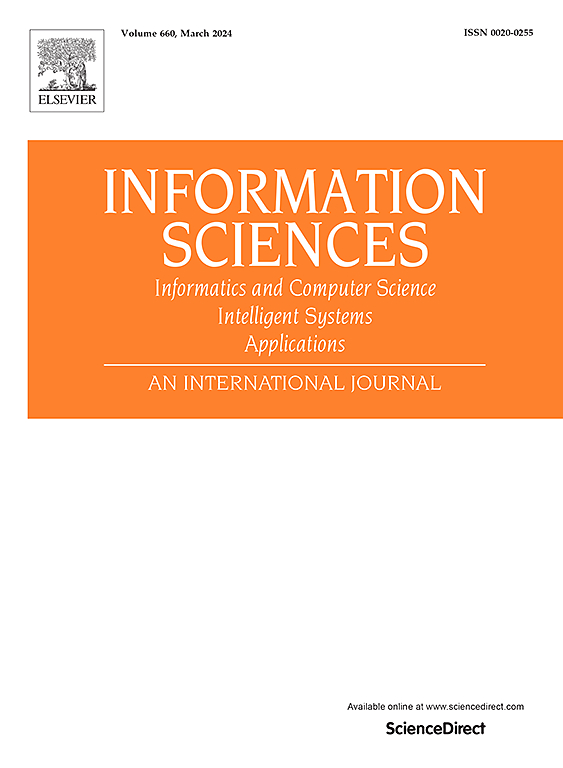Distributed neurodynamic optimization for optimal multicluster resource allocation with cardinality constraints
IF 8.1
1区 计算机科学
0 COMPUTER SCIENCE, INFORMATION SYSTEMS
引用次数: 0
Abstract
In this paper, a distributed neurodynamic optimization method is developed for a class of multicluster resource allocation models with 0-1 integer constraints and cardinality constraints. In the optimization model, the objective function is the sum of multiple clusters of convex local objective functions with 0-1 integer constraints that lead to nonconvexity; additionally, the resource allocation model is subject to globally coupled resource allocation constraints and bound constraints, and the cardinality constraints are introduced to limit the total number of resource-allocated points in each cluster. To address challenges caused by the nonconvexity and hybrid constraints, a distributed neurodynamic optimization method based on an augmented Lagrangian function is developed, and it is proven to converge to a local minimum. The validity of the main results is demonstrated via two examples involving a power system.
求助全文
约1分钟内获得全文
求助全文
来源期刊

Information Sciences
工程技术-计算机:信息系统
CiteScore
14.00
自引率
17.30%
发文量
1322
审稿时长
10.4 months
期刊介绍:
Informatics and Computer Science Intelligent Systems Applications is an esteemed international journal that focuses on publishing original and creative research findings in the field of information sciences. We also feature a limited number of timely tutorial and surveying contributions.
Our journal aims to cater to a diverse audience, including researchers, developers, managers, strategic planners, graduate students, and anyone interested in staying up-to-date with cutting-edge research in information science, knowledge engineering, and intelligent systems. While readers are expected to share a common interest in information science, they come from varying backgrounds such as engineering, mathematics, statistics, physics, computer science, cell biology, molecular biology, management science, cognitive science, neurobiology, behavioral sciences, and biochemistry.
 求助内容:
求助内容: 应助结果提醒方式:
应助结果提醒方式:


